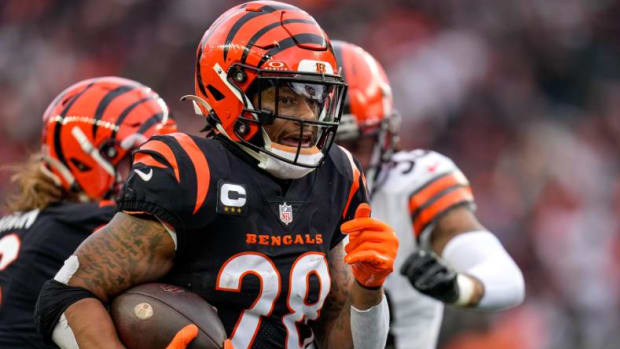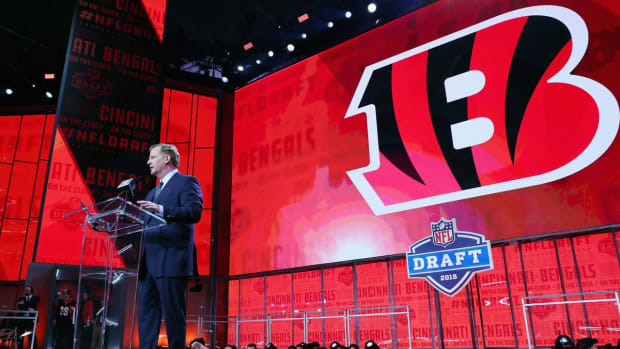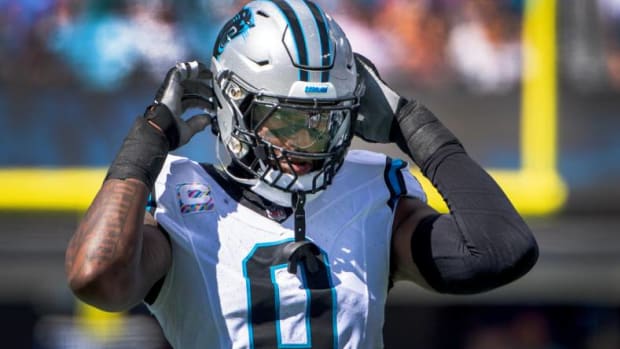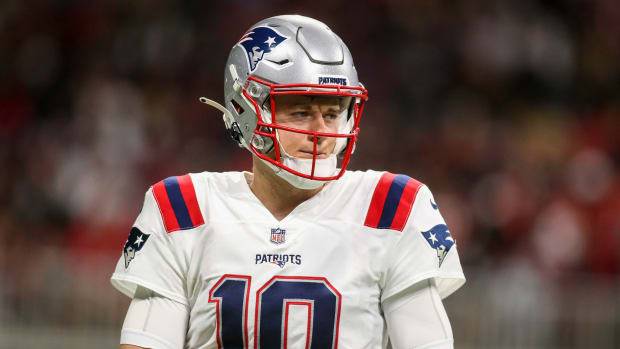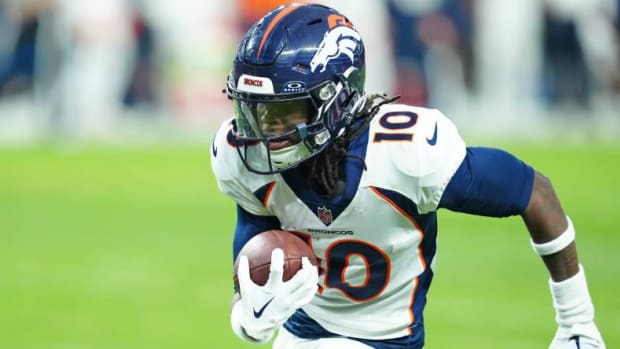Breakdown of Rookie Draft Day Trade Strategies
It's safe to say that no two rookie drafts are alike. Similarly, no two team needs are alike. There is no golden parachute for the best trade strategy. However, there are three approaches you can take to fill your voids or help bridge the gap.
An aggressive approach. Here you would like to try and collect as many rookie picks as possible. A reason you may choose this approach is that your team has a lot of needs and you are looking at a very strong draft class. This would be a good opportunity to target the teams with draft picks that are close to winning now or the teams who may have just missed the playoffs the prior year. These owners should be open to acquiring some older talented players, whose window is closing but can provide enough value to help put their team over the top. The ideal return here would be anywhere from late first round picks to mid-second round picks or multiple selections throughout different rounds.
The middle-of-the-road approach. This would be ideal if your team isn't in desperate need of a boatload of picks or possibly the draft class isn't as deep. Remember, we also don't want to overpay for draft picks. If it’s a draft with a significant drop-off in talent outside of the first 12-15 picks, it may be wise to try to get within one of those spots and pass on acquiring more picks outside of those early selections, since your return will not be worth the price. Another strategy would be to consider selling your spots outside the targeted pick zone and looking to acquire picks in a future rookie draft with an anticipated stronger overall class.
A seller’s approach. This strategy works if you have a fairly young roster that is already on the brink of becoming a playoff team. This could be the result of taking the aggressive approach the previous year or two and now reaping those rewards. If you have few needs in a not-so-strong draft class, this could be a good time to capitalize on a team owner who may feel they need to add picks now and may be willing to overpay.
It is important to mention that all of these approaches are strategic and there is no uniform approach to being successful in fantasy trading. One critical aspect is to know your league mates. Often times during the season, some owners will not trade for draft picks, in fact, they will sell them off but as your league gets closer to draft day, they realize they want to be involved. Who doesn't? It's fun and it's the offseason. People want to do something with their teams, while there are no games going on. This is a great opportunity to capitalize. This is when draft picks can be sold at an inflated price, especially as your draft day gets closer. It can't be stressed enough, as it is perhaps the key to fantasy trading: if you can understand how your league mates view their team and their current approach, you will give yourself the best chance at obtaining the highest value possible.
